0 Comments
Justin Favela "Lowrider Piñata" at "Next Exit: Route 66" Photo by Steve Marcus via Justin Favela.com A low-rider from Las Vegas will be taking a little trip, taking a little trip, to the South.
Justin Favela’s "Lowrider Piñata" will travel to Arkansas for “State of the Art: Discovering American Art Now” at the Crystal Bridges Museum of American Art in Bentonville. Their fall exhibition brings together 21st century contemporary art from around the U.S. Crystal Bridges Museum assistant curator Chad Alligood traveled nationwide with museum president Don Bacigalupi to meet with over 1,000 unknown artists. Over the course of a year they went to places off the traditional map to explore contemporary art communities, making studio visits to uncover interesting works or works in progress, and finally selecting 102 artists. As they traveled west they found surprises exceeding their expectations, Alligood said. “So by the time we arrived to Favela’s home in a western Las Vegas suburb I was ready to see great things.” When the garage door was raised on that February day and Alligood saw a large papier-mâché bird, he slipped on his curator cap and said: “Let’s address the giant turkey.” It wasn’t a disappointment at all. The fowl on the ground was indeed a large turkey, a touch of absurdity coming out from the suburbs of a town that goes over the top, part of a larger body of work that has Latino/Chicano art subtext. The frame was repurposed as “Big Bird,” Favela’s entry in the Comedians and Magicians exhibit at Trifecta Gallery. It’s Favela’s playfulness and piñatas that placed him on the shortlist. This was seen in his previous works at Contemporary Arts Center, as well as the satirical response to CityCenter’s art collection at the Clark County Government Center Rotunda, and the life-size 1964 Chevy Impala that was the centerpiece for “Next Exit: Route 66” at the Springs Preserve. “It’s smart, incisive commentary on content and how it’s consumed, and it’s not complicated, and very candid, and very open to the viewer,” said Alligood. “He thinks about how his identity is construed through his own mediated culture.” By using materials with recollection of surface texture, such as a piñata, adds a vital conceptual connection to identity, adds Alligood. “It’s a bed rock of Latino culture.” “Lowrider Piñata” first comes from being an embedded observer of Chicano and Las Vegas symbolism. Favela contemplated what Latino iconography would make an interesting sculpture. “What can I make that my uncle would think is cool?” Asked the artist to himself. Noting the veneer of mischievous satire has deeper context, Alligood asked Favela if there was a direct reference to the Liberace Museum, where he worked at during the building of "Lowrider Piñata." “At first, I didn’t think so,” said Favela. Then he thought, “Oh, yeah, I see it.” When Favela got the news he was selected, then asked which piece he wanted to send, the low rider, was picked because it was “built to represent Route 66, “ said Favela. “It fits me, Las Vegas, and the American theme.” But it’s the context of piñata that had the work make the cut because, with resonance, it too talks of the larger cultures within Las Vegas, said Alligood. “The fulfilled promise, not yet fulfilled. The materials promise candy; that candy is not fulfilling, and you want more. Those are interesting connections to (Las Vegas) visual culture and Justin is turning that on its head.” “In the last 100 years, once you get past pop art, post-modernism as a term completely fails,” he adds, which could be the power of “State of the Art” showing how works from artists like Favela say regional contemporary art is coming out from tight and embedded art communities, as Alligood found in Las Vegas. “It’s coming from a place that’s local, locality as a place of positivity that supports inspirations.” Favela support comes directly from friends helping him assemble a new low-rider in a studio, working to have it ready by Monday when it will be picked up to make a cross country trip. This experience has him ready to spend more time on works that are from his growing spirited play off images that define regional contemporary art from Las Vegas. “And,” adds Favela, “I can keep being myself.’ “State of the Art: Discovering American Art Now” opens at Crystal Bridges Museum of American Art in Bentonville, Ark., on Sept. 13. Justin Favela The City of Las Vegas gathering names of qualified Southern Nevada based artists for a site-specific public art project at the Charleston Heights Arts Center, reports 18b Las Vegas Arts District. “The selected artist will work within a $30,000 budget to create a ceramic artwork for the building’s façade. A pre-proposal conference to answer questions will be held at City Hall at 4 p.m. on Thursday, July 31, in the city’s Purchasing and Contracts Conference room on the Third Floor. City Hall is located at 495 S. Main St. The deadline for submissions is 1:30 p.m. on Thursday, August 21.” 18b.
City of Las Vegas (BID NUMBER: ROSQ-140212-CW-0-2014/CW ) Stephen Hendee 'Monument to the Simulacrum' Paint this Desert There are two seasons in Las Vegas: Day and night. Other than gusty winds or the rare thunderstorm that toss rocks out of rural washes into suburban streets, the weather is light or no light with widely scattered majestic dusks and dawns. That’s the whisper I’m hearing from Las Vegas sculpture that integrates light with form to make a reflective study of the urban desert. Murals and other public art sit in heated bleakness during the day. Most are not lit, so into the night they go hidden in the dark. Sometimes there’s enough accidental lighting to show a mural is there, or a piece can be seen by leftover lighting if the mural is squatting where an ad used to be. And some of the older sculptures have small spotlights focused on them, up from the ground, but that seems to be the city wanting to make the art visible so drunk drivers can swerve away in time, not to add to the meaning of the art. This adds to the downtown lab of public art (with an entry from UNLV) as a portfolio of light and form that emulate how the city waits to dress up for the evening. In time we could see someone take the idea and find ways light can be part of a mural, or maybe a local movement of temporary “street light art” in public space that uses the same kinetic frenzy as neon signs can be created. For now, these examples of illumination used as brush strokes challenges the notion that Las Vegas contemporary art will always be upstaged by the affluent bling-ism of downtown and The Strip. 'Monument to the Simulacrum' (2007): Stephen Hendee's work at the 5th St School is an homage to Jean Baudrillard, the French theorist who clarified Las Vegas duplication and simulation for cultural scholars, and who passed away the year the sculpture was completed. The mountain is a connection to natural resources and the light plays off the asymmetric continental collision.
Photo: Paint This Desert City of Las Vegas City Hall: The facade of City Hall wasn't funded as a public art project, so it's interesting to consider how it works as an installation. Near the hyperkinetic lights of Fremont Street Experience, the LED cascade down City Hall like falling water and presented as the city's way to be part of the "Heritage of Light." Nearby, mid-century office buildings have been also dressed with light, adding even more to that heritage. Photo: Paint This Desert 'Pipe Dream: Fanfare for the Common Man' (2012): For Symphony Park, Tim Bavington's sculpture replaced early plans for a mural. Instead, he proposed this, his first major sculptural work that translates music into form, specifically “Fanfare for the Common Man." At eighty-six feet long and twenty-seven feet tall, “Pipe Dreams” is bright and bold. Compared to the Las Vegas Strip this stunning work comes off as subtle, but that is a measurement of expectations fulfilled, yet not compromising the duties of site-specific fine art.
|
An Online Arts JournalExhibition:
February 2 – March 31, 2019 Artist Reception and Gallery Talk: Sunday, February 10, 2019, 4 p.m.–7 p.m. SPONSOR
Archives
February 2019
Categories |
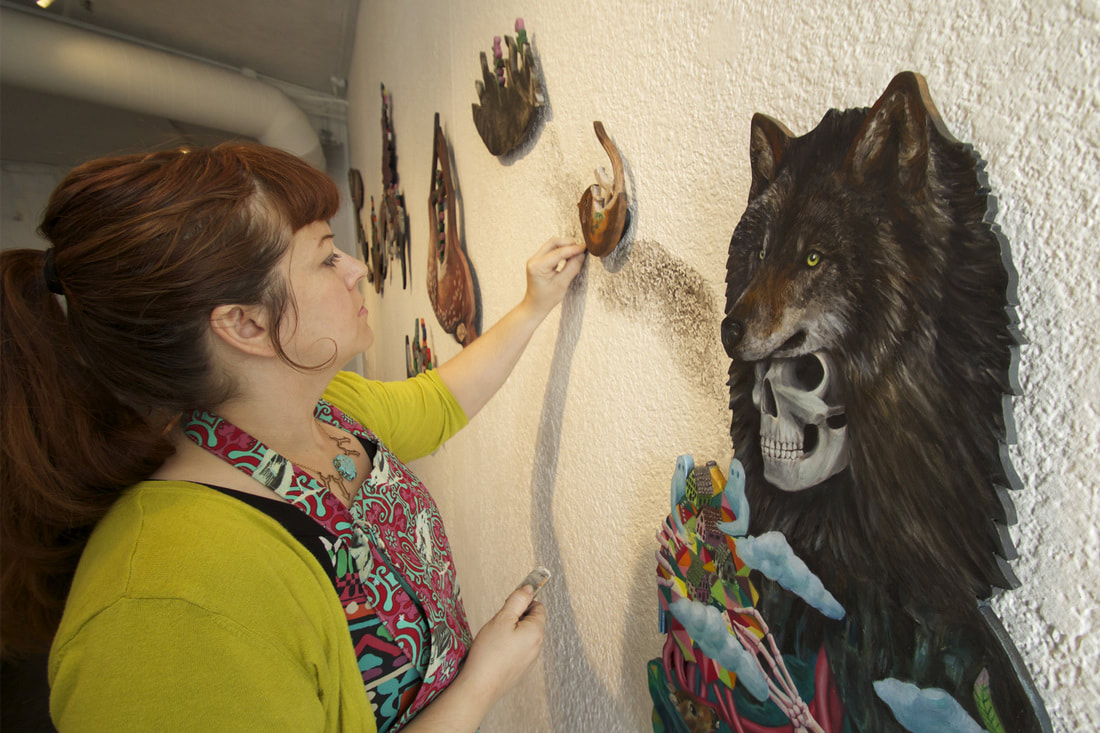
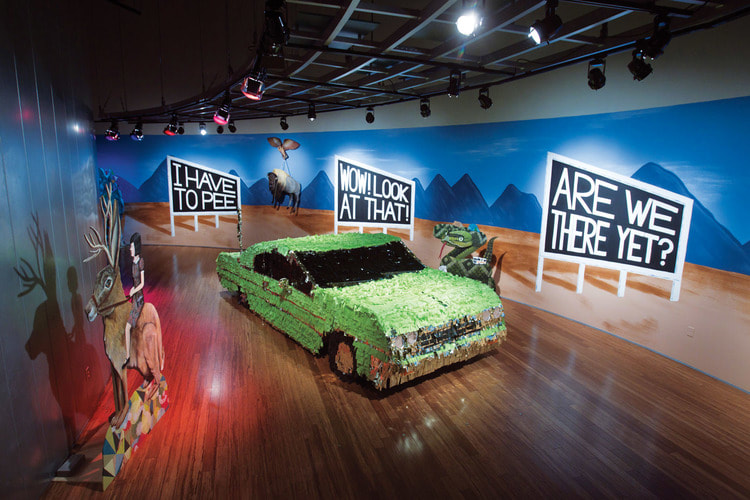

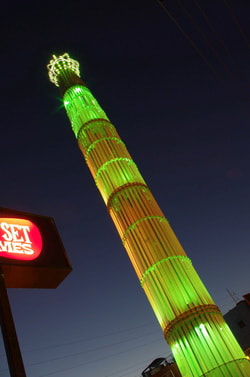
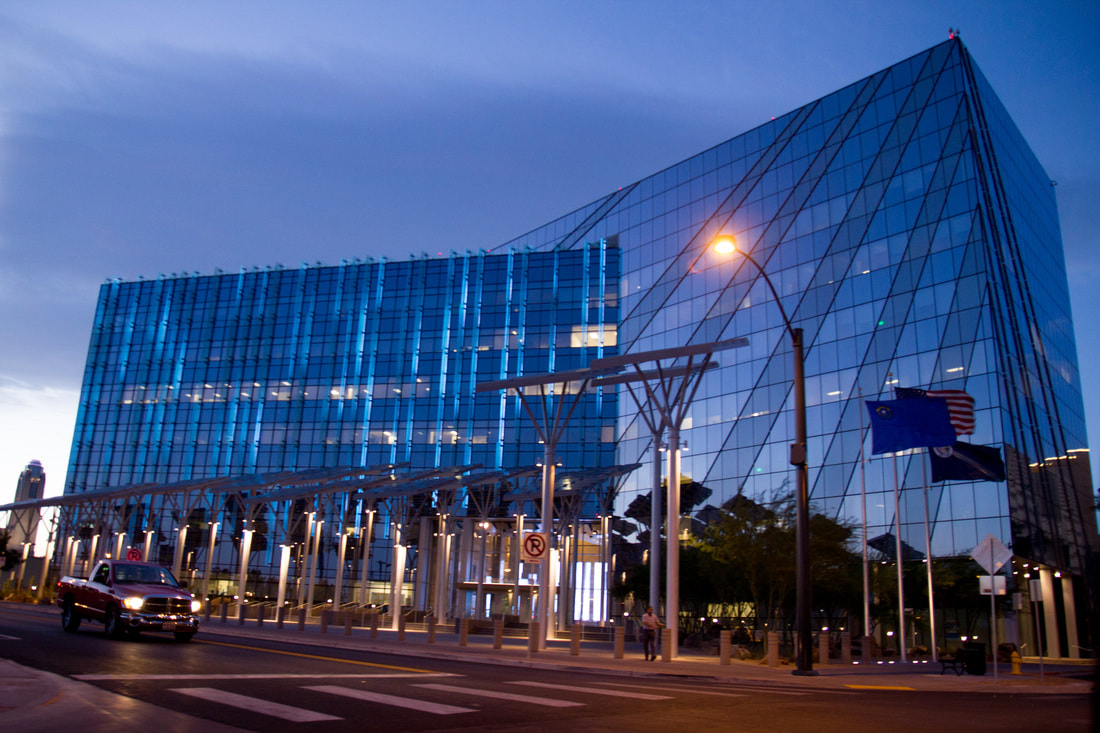
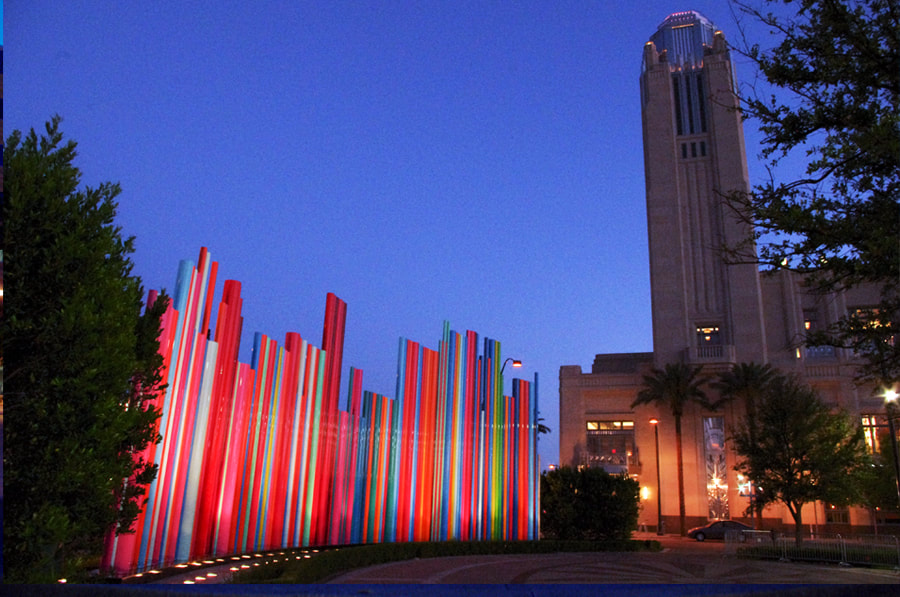
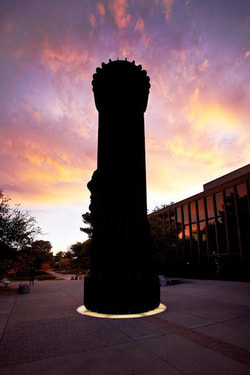

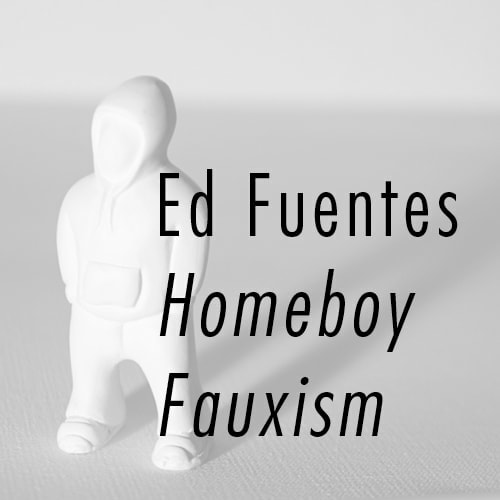

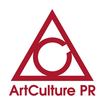
 RSS Feed
RSS Feed